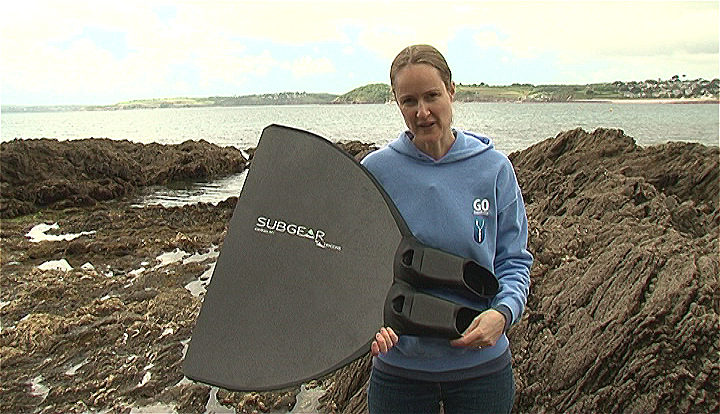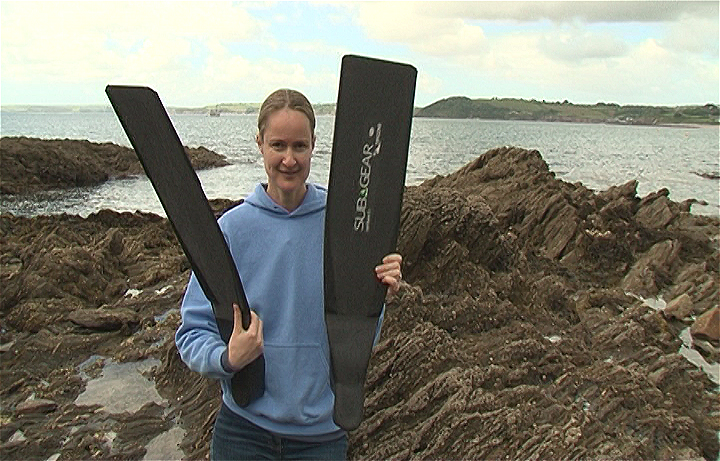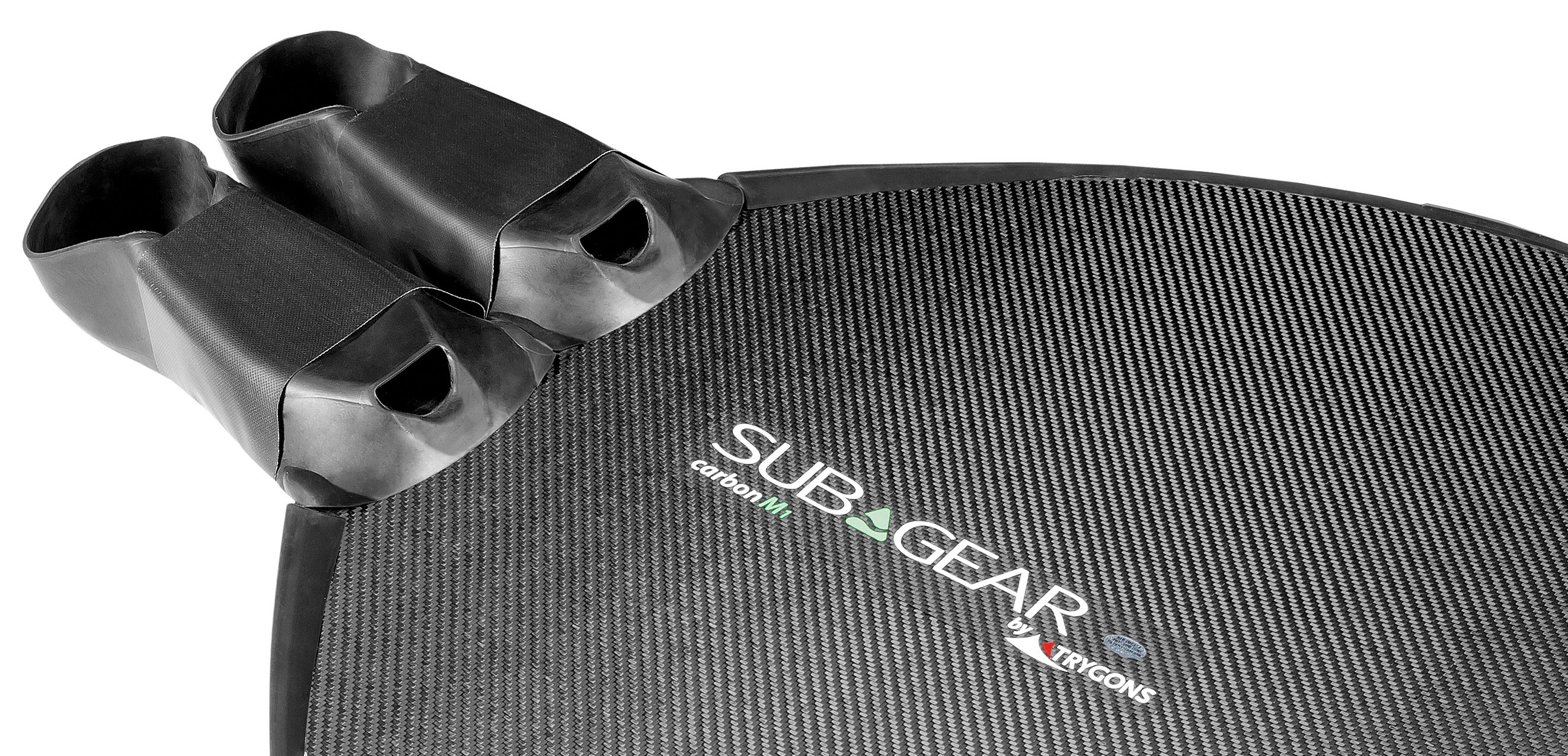News
Deepest Ever Marine Drill Discovers Life

Scientists are analysing microbial life that has been discovered following the deepest-ever marine drilling expedition.
The International Ocean Discovery Program (IODP) found the microbes living 2,400m beneath the seabed off Japan.
The tiny, single-celled organisms survive in this harsh environment on a low-calorie diet of hydrocarbon compounds and have a very slow metabolism.
The findings are being presented at the America Geophysical Union Fall Meeting.
Elizabeth Trembath-Reichert, from the California Institute of Technology, who is part of the team that carried out the research, said: “We keep looking for life, and we keep finding it, and it keeps surprising us as to what it appears to be capable of.”
The IODP Expedition 337 took place in 2012 off the coast of Japan’s Shimokita Peninsula in the northwestern Pacific.
From the Chikyu ship, a monster drill was set down more than 1,000m (3,000ft) beneath the waves, where it penetrated a record-breaking 2,446m (8,024ft) of rock under the seafloor.
Samples were taken from the ancient coal bed system that lies at this depth, and were returned to the ship for analysis.
The team found that microbes, despite having no light, no oxygen, barely any water and very limited nutrients, thrived in the cores.
To find out more about how this life from the “deep biosphere” survives, the researchers set up a series of experiments in which they fed the little, spherical organisms different compounds.
Dr Trembath-Reichert said: “We chose these coal beds because we knew there was carbon, and we knew that this carbon was about as tasty to eat, when it comes to coal, as you could get for microbes.
“The thought was that while there are some microbes that can eat compounds in coal directly, there may be smaller organic compounds – methane and other types of hydrocarbons – sourced from the coal that the microbes could eat as well.”
The experiments revealed that the microbes were indeed dining on these methyl compounds.
The tests also showed that the organisms lived life in the slow lane, with an extremely sluggish metabolism.
They seem to use as little energy as possible to get by.
The researchers are now trying to work out if there are lots of different kinds of microbes living in the coal beds or whether there is one type that dominates.
They also want to find out how the microbes got there in the first place.
“Were these microbes just in a swamp, and loving life in a swamp, because there is all sorts of carbon available, oxygen, organic matter… and then that gets buried?” pondered Dr Trembath-Reichert.
“It could be that they didn’t get a chance to escape – they couldn’t exactly walk out. So is it that they were there to begin with and then they could maintain life?
“Or were they like microbes that were able to travel down to those depths from the surface?”
The discovery of vast ecosystems of microbes deeper and deeper underground is causing scientists to reassess the role that these organisms play in the carbon cycle.
Because these organisms take in hydrocarbons and expel methane, a greenhouse gas, as a waste product, they may be having a greater impact on the system that governs the Earth’s climate than was previously thought.
The findings also have implications for the hunt for life on other planets.
If life can survive in the most extreme conditions on Earth, perhaps it has found a way to cope with harsh environments elsewhere in the Universe.
Source: www.bbc.co.uk/news
Gear News
Scubapro Free Octopus Promotion 2024

Free Octopus with every purchase of a SCUBAPRO regulator system
Just in time for the spring season, divers can save money with the FREE OCTOPUS SPRING PROMOTION! Until July 31st SCUBAPRO offers an Octopus for free
with every purchase of a regulator system!
Get a free S270 OCTOPUS with purchase of these combinations:
MK25 EVO or MK19 EVO with A700
MK25 EVO or MK19 EVO with S620Ti
MK25 EVO or MK19 EVO with D420
MK25 EVO Din mit S620Ti-X
Get a free R105 OCTOPUS with purchase of the following combinations:
MK25 EVO or MK19 EVO with G260
MK25 EVO or MK17 EVO with S600
SCUBAPRO offers a 30-year first owner warranty on all regulators, with a revision period of two years or 100 dives. All SCUBAPRO regulators are of course certified according to the new European test standard EN250-2014.
Available at participating SCUBAPRO dealers. Promotion may not be available in all regions. Find an authorized SCUBAPRO Dealer at scubapro.com.
More information available on www.scubapro.com.
Blogs
Northern Red Sea Reefs and Wrecks Trip Report, Part 3: The Mighty Thistlegorm

Jake Davies boards Ghazala Explorer for an unforgettable Red Sea diving experience…
Overnight, the wind picked up, making the planned morning dive a bit bumpy on the Zodiacs to the drop point on Thomas Reef. There, we would dive along the reef before descending through the canyon and then passing under the arch before ascending the wall with a gentle drift. The site provided great encounters with more pelagic species, including shoals of large barracuda, tuna, and bigeye trevally.
Once back on the boat, it was time to get everything tied down again as we would head back south. This time, with the wind behind us, heading to Ras Mohammed to dive Jackfish Alley for another great gentle drift wall dive before then heading up the coast towards the Gulf of Suez to moor up at the wreck of the Thistlegorm. This being the highlight wreck dive of the trip and for many onboard, including myself, it was the first time diving this iconic wreck. I had heard so much about the wreck from friends, and globally, this is a must on any diver’s list. Fortunately for us, there was only one other boat at the site, which was a rarity. A great briefing was delivered by Ahmed, who provided a detailed background about the wreck’s history along with all the required safety information as the currents and visibility at the site can be variable.

Kitting up, there was a lot of excitement on deck before entering the water and heading down the shoreline. Descending to the wreck, there was a light northerly current which reduced the visibility, making it feel more like the conditions that can be found off the Welsh coast. At 10m from the bottom, the outline of the wreck appeared as we reached the area of the wreck which had been bombed, as our mooring line was attached to part of the propeller shaft. Arriving on deck, instantly everywhere you looked there were many of the supplies which the ship was carrying, including Bren Carrier tanks and projectiles that instantly stood out.

We headed around the exterior, taking a look at the large propeller and guns mounted on deck before entering the wreck on the port side to take a look in the holds. It was incredible to see all the trucks, Norton 16H, and BSA motorcycles still perfectly stacked within, providing a real snapshot in time.

Overall, we had four dives on the Thistlegorm, where for all of the dives we were the only group in the water, and at times, there were just three of us on the whole wreck, which made it even more special, especially knowing that most days the wreck has hundreds of divers. Along with the history of the wreck, there was plenty of marine life on the wreck and around, from big green turtles to batfish, along with shoals of mackerel being hunted by trevally. Some unforgettable dives.

The final leg of the trip saw us cross back over the Suez Canal to the Gobal Islands where we planned to stay the night and do three dives at the Dolphin House for the potential of sharing the dive with dolphins. The site, which included a channel that was teeming with reef fish, especially large numbers of goatfish that swam in large shoals along the edge of the reef. These were nice relaxing dives to end the week. Unfortunately, the dolphins didn’t show up, which was okay as like all marine life they are difficult to predict and you can’t guarantee what’s going to be seen. With the last dive complete, we headed back to port for the final night where it was time to clean all the kit and pack before the departure flight the next day.

The whole week from start to finish on Ghazala Explorer was amazing; the boat had all the facilities you need for a comfortable week aboard. The crew were always there to help throughout the day and the chefs providing top quality food which was required after every dive. The itinerary providing some of the best diving with a nice mixture of wreck and reef dives. I would recommend the trip to anyone, whether it’s your first Red Sea liveaboard in the Red Sea or you’re revisiting. Hopefully, it’s not too long before I head back to explore more of the Red Sea onboard Ghazala Explorer.

To find out more about the Northern Red Sea reef and wrecks itineraries aboard Ghazala Explorer, or to book, contact Scuba Travel now:
Email: dive@scubatravel.com
Tel: +44 (0)1483 411590
Photos: Jake Davies / Avalon.Red
-

 News3 months ago
News3 months agoHone your underwater photography skills with Alphamarine Photography at Red Sea Diving Safari in March
-

 News3 months ago
News3 months agoCapturing Critters in Lembeh Underwater Photography Workshop 2024: Event Roundup
-

 Marine Life & Conservation Blogs2 months ago
Marine Life & Conservation Blogs2 months agoCreature Feature: Swell Sharks
-

 Blogs2 months ago
Blogs2 months agoMurex Resorts: Passport to Paradise!
-

 Blogs2 months ago
Blogs2 months agoDiver Discovering Whale Skeletons Beneath Ice Judged World’s Best Underwater Photograph
-

 Gear Reviews3 months ago
Gear Reviews3 months agoGear Review: Oceanic+ Dive Housing for iPhone
-

 Marine Life & Conservation2 months ago
Marine Life & Conservation2 months agoSave the Manatee Club launches brand new webcams at Silver Springs State Park, Florida
-

 News3 months ago
News3 months agoWorld’s Best Underwater Photographers Unveil Breathtaking Images at World Shootout 2023







